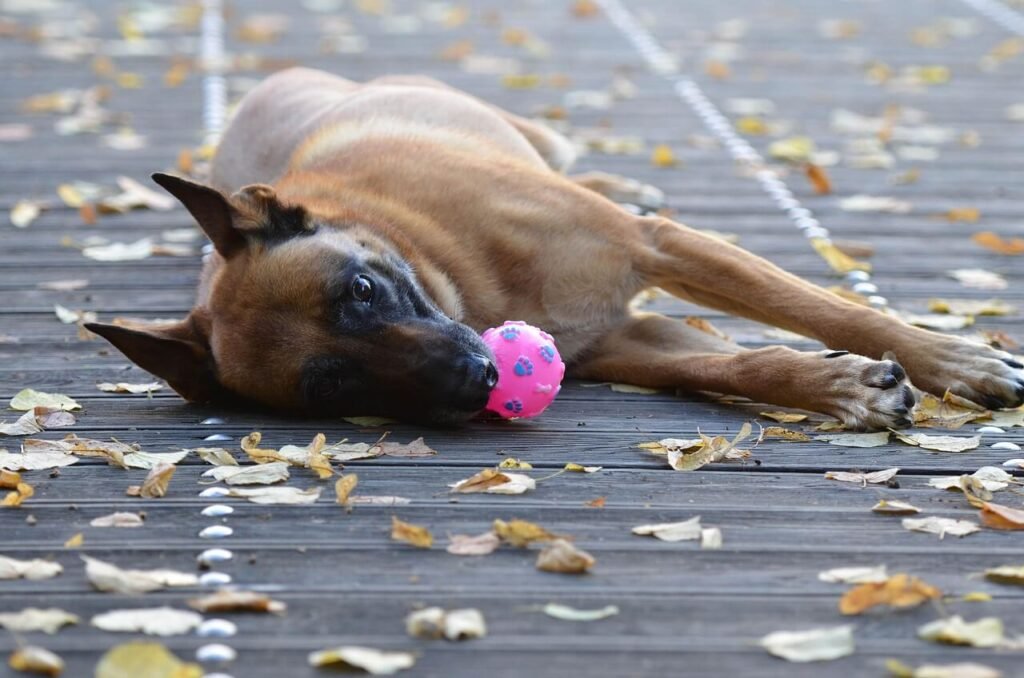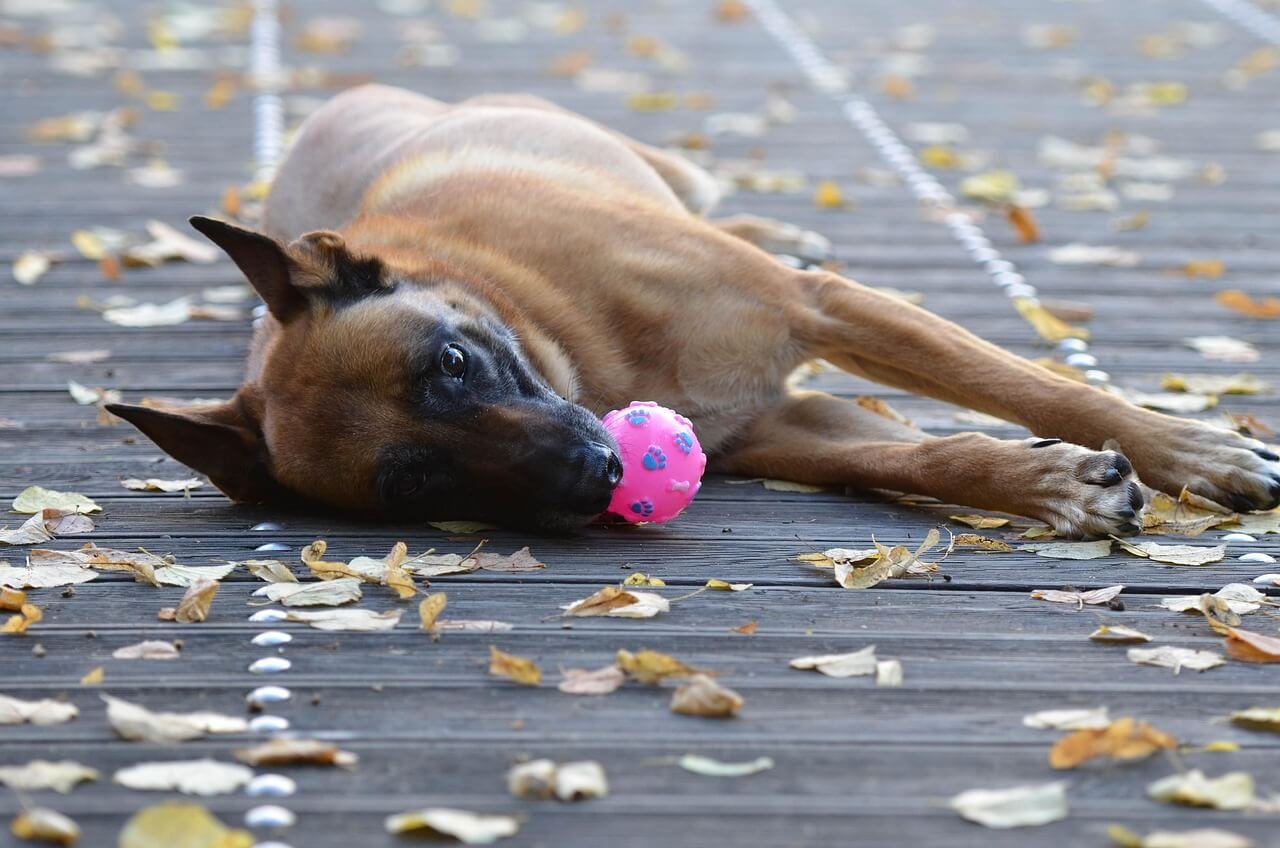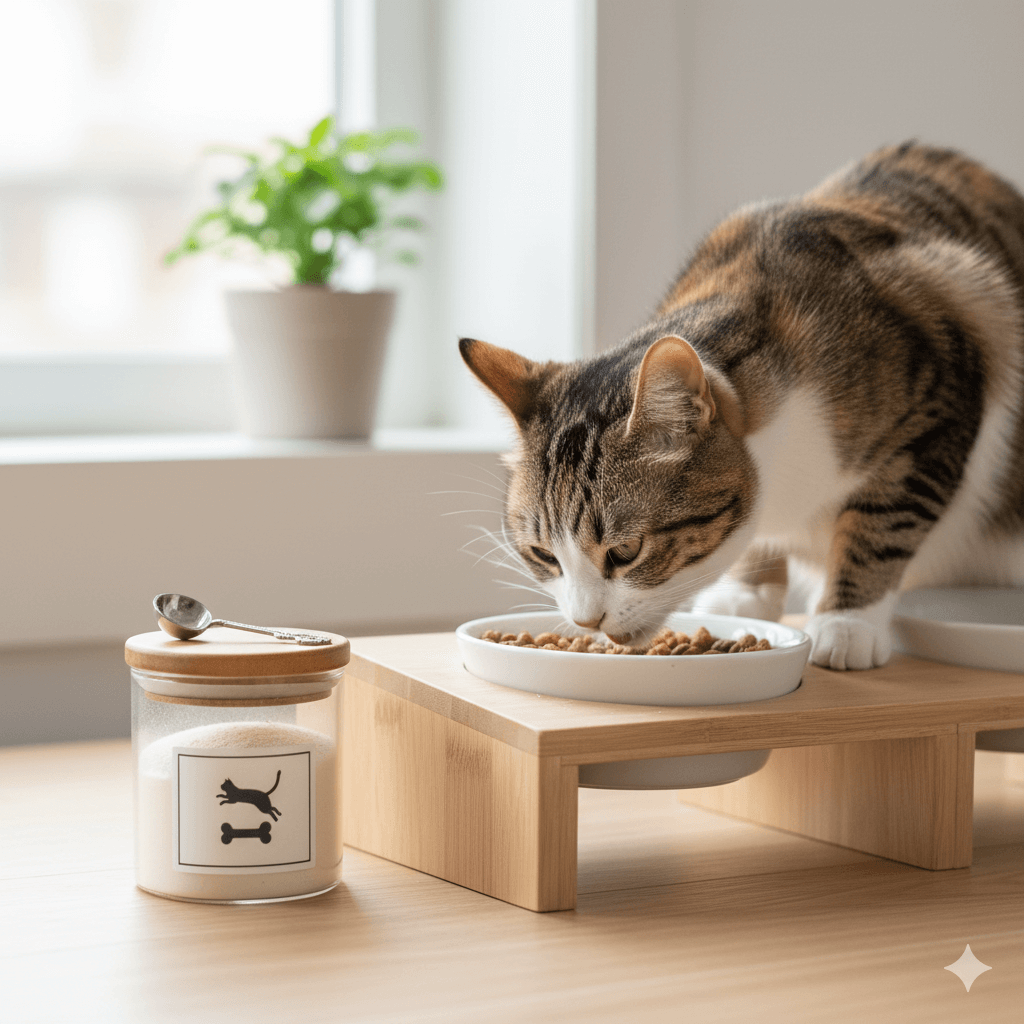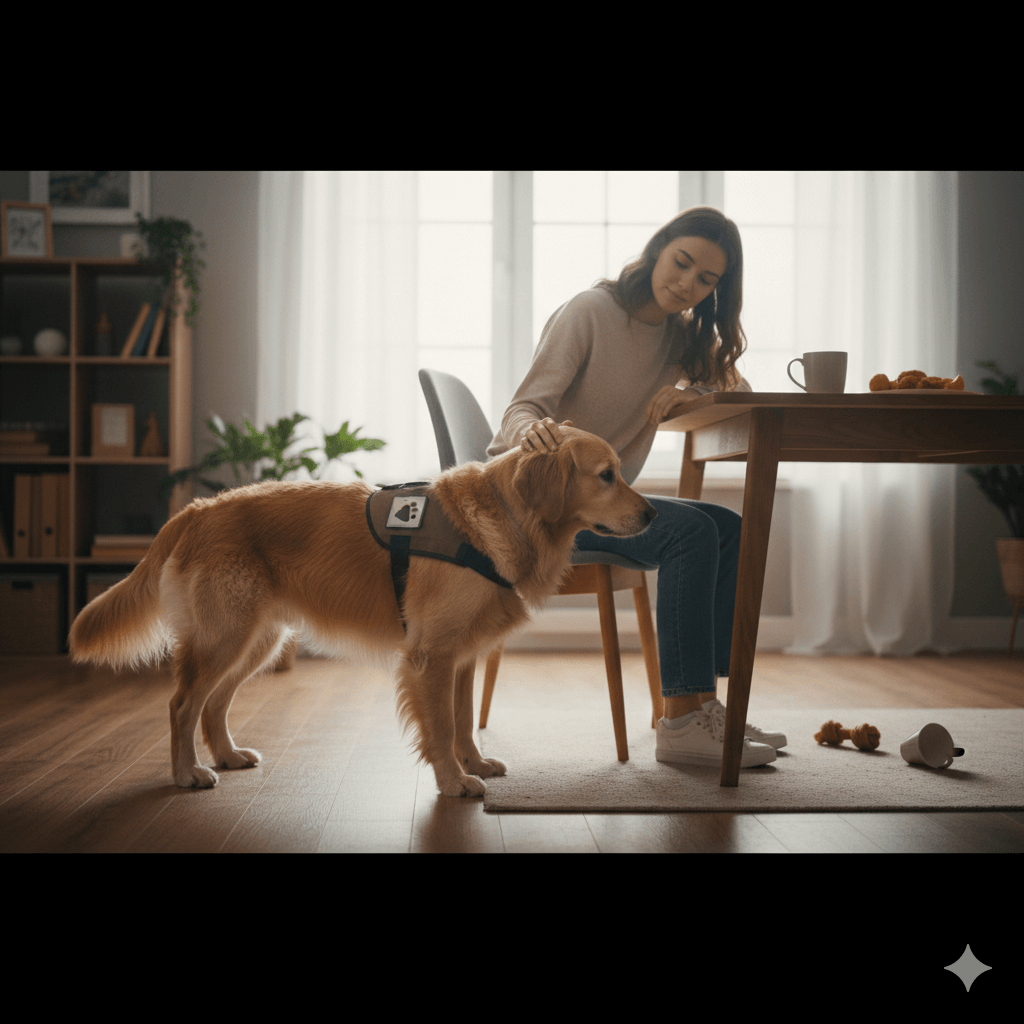Why Does My Dog Have to Sleep Touching Me? Understanding This Endearing Behavior
If you’ve ever wondered, “Why does my dog have to sleep touching me?” —you’re not alone. Many pet owners find themselves cozying up to their furry companions at night, whether it’s a paw draped over your leg or their head resting on your pillow. This behavior is undeniably sweet, but it also has deeper roots in your dog’s instincts and emotional needs. Dogs are social creatures by nature, and their desire to stay close often reflects their bond with you.
In this blog post, we’ll explore the reasons behind this touching habit, how it benefits both you and your dog, and what you can do if you need a little more space. Let’s dive into the heartwarming world of canine cuddles!
Reasons Why Your Dog Sleeps Touching You
There are several reasons why your dog feels the need to sleep in physical contact with you. Understanding these motivations can help strengthen your bond and provide insight into their behavior.
Pack Mentality
Dogs are pack animals, and sleeping close to their “pack leader” (you) gives them a sense of security and belonging.Comfort and Warmth
Your body heat provides warmth, making it a cozy spot for your dog to snuggle up during colder nights.Bonding and Affection
Physical touch is a way for dogs to express love and reinforce their connection with you.Anxiety or Separation Issues
Some dogs may seek physical contact as a way to cope with anxiety or fear of being left alone.Instinctual Protection
By staying close, your dog feels safer from potential threats, even in the comfort of your home.
These reasons highlight the emotional and instinctual drives behind your dog’s need to sleep touching you. It’s a sign of trust and affection that speaks volumes about your relationship.
Benefits of Sleeping Together with Your Dog
Sharing your bed or sleeping space with your dog isn’t just comforting for them—it can also benefit you in surprising ways. Here are some advantages of this close bond:
Improved Emotional Well-Being
The presence of your dog can reduce stress and promote feelings of calm and relaxation.Better Sleep Quality
Studies suggest that sleeping with pets can improve sleep quality for many people, thanks to the sense of security they provide.Strengthened Bond
Regular physical closeness fosters a deeper connection between you and your dog, enhancing mutual trust.Warmth and Comfort
Your dog’s body heat can make cold nights cozier, especially during winter months.Routine and Structure
Sleeping together establishes a consistent routine, which can be calming for both you and your pup.
While sharing your bed has its perks, it’s important to ensure it works for both you and your dog. A harmonious sleeping arrangement benefits everyone involved.
Check this guide 👉Why Does My Dog Sleep on My Head? Best 7 Behavior Tips!
Check this guide 👉Why Does My Dog Sleep with Eyes Open? Best 7 Expert Tips!
Check this guide 👉Why Does My Dog Sleep Between My Legs? Best 7 Expert Tips!

Pros of Letting Your Dog Sleep with You | Cons of Letting Your Dog Sleep with You |
|---|---|
Strengthens your bond | May disrupt your sleep if restless |
Provides warmth and comfort | Can lead to dependency or separation anxiety |
Reduces stress and promotes relaxation | Potential hygiene concerns |
Encourages routine and structure | Takes up space in your bed |
Enhances feelings of safety | Not ideal for all dogs (e.g., aggressive ones) |
How to Create a Comfortable Sleeping Arrangement for Your Dog
If your dog insists on sleeping touching you, it’s important to create a setup that works for both of you. Here are some tips to make bedtime more comfortable:
Provide a Cozy Bed Nearby
Place your dog’s bed next to yours so they can still feel close without invading your personal space.Use Positive Reinforcement
Reward your dog for sleeping in their own bed to encourage independence while maintaining proximity.Set Boundaries Early
Establish clear rules about where your dog can and cannot sleep to avoid confusion later on.Incorporate Calming Tools
Use items like weighted blankets or calming sprays to help your dog feel secure in their own space.Gradual Transition
If you want your dog to sleep separately, gradually increase the distance between you over time to ease the adjustment.
By creating a comfortable and structured sleeping environment, you can ensure both you and your dog get the rest you need. Balance is key to a happy household!
Signs Your Dog May Need More Space at Night
While sleeping together can be wonderful, there are times when your dog might benefit from a bit more independence. Here are signs that indicate they may need their own space:
Restlessness During Sleep
If your dog tosses and turns or frequently wakes you up, they might sleep better in their own bed.Aggressive Behavior
Growling or snapping when touched during sleep could signal discomfort or territorial issues.Allergies or Hygiene Concerns
If either you or your dog has allergies, sharing a bed might exacerbate symptoms.Difficulty Falling Asleep
Some dogs struggle to relax unless they’re in their designated sleeping area.Overheating
Dogs prone to overheating may prefer cooler spots away from shared body heat.
Recognizing these signs allows you to adjust your sleeping arrangements for the well-being of both you and your dog. Every pup is unique, so tailor the solution to their needs.
How to Encourage Independence in Your Dog’s Sleeping Habits
If you’d like your dog to sleep more independently, there are several strategies you can try to gently guide them toward their own space. Here are some practical tips:
Create a Dedicated Sleep Area
Set up a cozy and inviting bed in a quiet corner of your room or home where your dog feels safe.Use Familiar Scents
Add items like your old t-shirt or a blanket with your scent to their bed for comfort and reassurance.Establish a Bedtime Routine
Incorporate calming activities like brushing or a short walk before bed to signal it’s time to rest.Reward Calm Behavior
Praise or give treats when your dog stays in their own bed, reinforcing positive habits over time.Be Patient and Consistent
Changing sleeping habits takes time, so stick with the process and avoid giving in to requests for closeness.
By encouraging independence, you help your dog feel secure in their own space while still maintaining your bond. Patience is key to making this transition successful.
Signs Your Dog Feels Secure While Sleeping
A content and secure dog will exhibit certain behaviors during sleep that indicate they’re comfortable in their environment. Here’s what to look for:
Relaxed Body Posture
A loose, curled-up, or sprawled-out position shows your dog feels safe and at ease.Deep, Steady Breathing
Slow, rhythmic breathing patterns suggest your dog is in a deep and restful sleep.Minimal Movement
Dogs who feel secure tend to stay in one spot rather than shifting around frequently.No Whining or Barking
A calm dog won’t vocalize distress or anxiety during the night.Consistent Sleep Schedule
A dog who sleeps soundly through the night likely feels secure in their routine and surroundings.
These signs reflect your dog’s emotional well-being and trust in their environment. If your dog seems restless, consider adjusting their sleeping setup to improve their comfort.
Common Mistakes to Avoid When Managing Your Dog’s Sleep
While helping your dog develop healthy sleeping habits, it’s easy to make mistakes that might unintentionally reinforce unwanted behaviors. Here are some pitfalls to avoid:
Allowing Inconsistent Rules
Letting your dog sleep in your bed sometimes but not others can confuse them and make training harder.Ignoring Signs of Discomfort
Overlooking signs like restlessness or overheating can lead to poor sleep quality for both you and your dog.Using Punishment for Closeness
Scolding your dog for seeking physical contact can damage trust and create anxiety.Skipping a Proper Transition
Moving your dog abruptly to a new sleeping arrangement can cause stress instead of gradual adaptation.Neglecting Their Emotional Needs
Failing to address underlying anxiety or insecurity can prevent your dog from feeling truly relaxed.
Avoiding these mistakes ensures a smoother process when managing your dog’s sleep habits. With consistency and care, you can foster a peaceful bedtime routine for everyone involved.
FAQ
Is it normal for my dog to want to sleep touching me?
Yes, it’s completely normal and often a sign of affection or seeking comfort.
Should I let my dog sleep in my bed every night?
It depends on your preferences and lifestyle. If it works for both of you, there’s no harm in sharing your space.
How do I stop my dog from sleeping on my bed?
Gradually transition them to their own bed using positive reinforcement and consistency.
Can sleeping with my dog cause behavioral problems?
In rare cases, excessive dependency can arise, but most dogs adapt well to routines.
What if my dog seems anxious when I try to move them?
Comfort them with gentle reassurance and consider using calming aids like pheromone sprays.
Embracing the Cuddle Connection
The question, “Why does my dog have to sleep touching me?” ultimately points to the deep bond you share with your furry friend. Whether it’s a need for security, warmth, or simply affection, this behavior reflects the love and trust your dog has for you. While it’s perfectly fine to enjoy these cuddly moments, it’s equally important to ensure both you and your dog are comfortable and getting enough rest. By understanding their needs and setting healthy boundaries, you can create a sleeping arrangement that works for everyone. After all, a happy dog means a happy home—and plenty of peaceful nights ahead!
Understanding Bone Supplement for Cats: Best 7 Expert Tips! – Safe, vet-approved guidance for strong feline bones & balanced nutrition.
Bone Supplement for Dogs: Best 7 Expert Tips! – Expert guide to calcium, collagen & bone health for every life stage.
Understanding Can Cats Get Sunburn: Best 7 Expert Tips! – Protect your feline from UV damage with vet-backed prevention strategies.
How to Train a Seizure Alert Dog: Best 7 Expert Tips! – Learn expert-backed steps to nurture natural instincts into reliable, life-saving seizure alerts.





